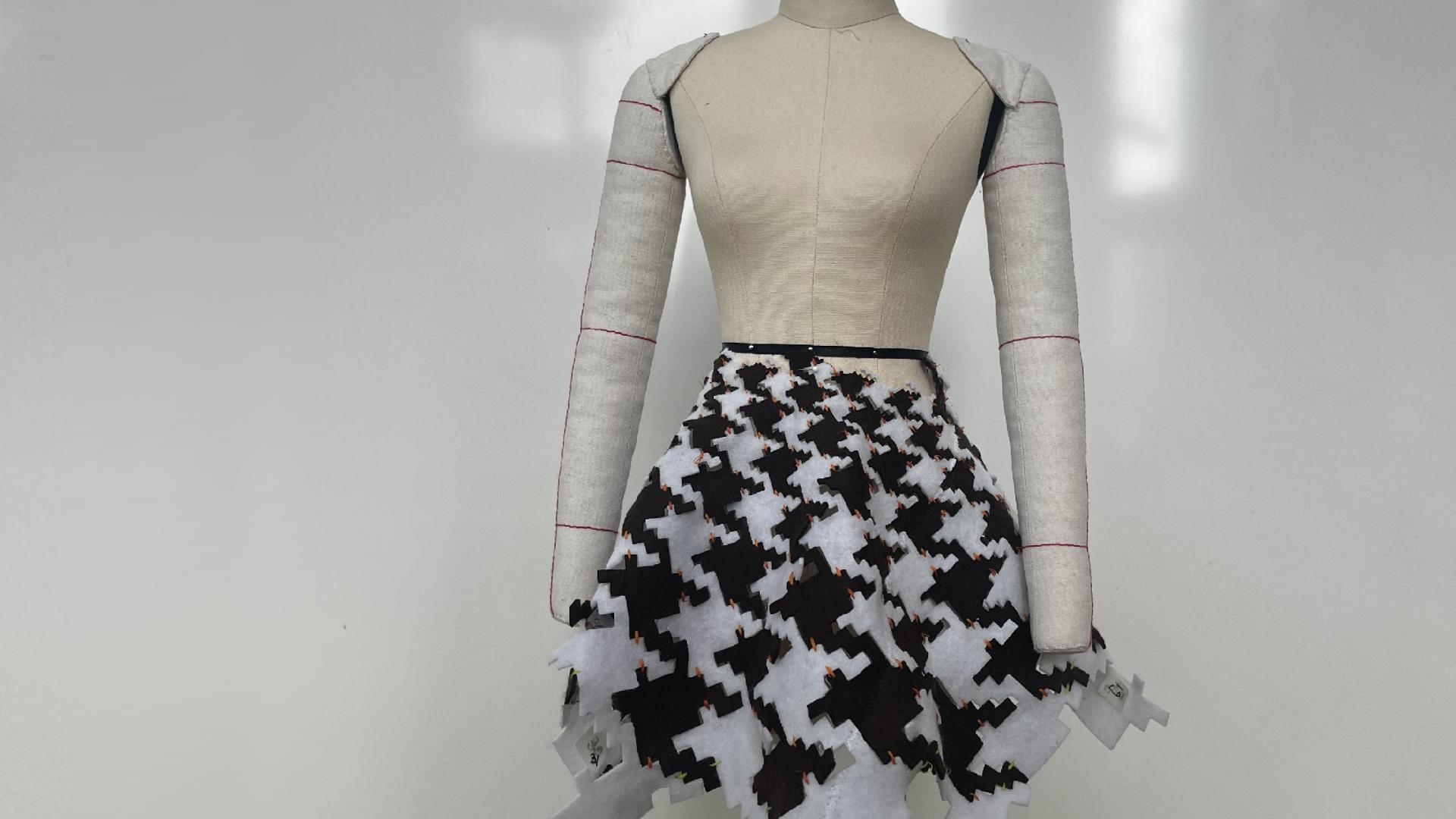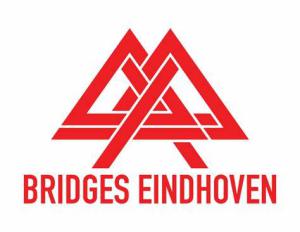Wool as a wonderful material
I am fascinated by the story of the Gerumsmanteln found in 1920 in Sweden which was woven in a houndstooth motif (pied-de-poule) using wool in natural colors brown and white. The Vikings who made it knew spinning and weaving, more than 2000 years ago. Today we know lasers and computers. Felted wool from Dutch sheep is commercially availabe. Let us explore what could a contemporary houndstooth garment in wool look like?
Codes from nature
Nature seems to know its special codes. In the spirals of pine cones and sunflowers certain numbers appear, like 5 and 8, or 8 and 13, or 13 and 21. These Fibonacci numbers have fascinated artists, mathematicians and biologists alike. The spirals offer an novel opportunity for fashion motifs. Can we morph a houndstooth pattern into a spiral? Come and play with the houndstooth puzzle pieces.
Past-present-future
The modest-sized expo, has two parts. First, a static display, with an experimental garment on a manikin. The second part is interactive: paper models for cutting (scissors provided), pied-de-poule tiles for puzzling (templates, wool, needles provided). The photo's are preliminary as work is under construction I used a laser cutter to make houndstooth tiles from non-woven felt. Putting these together is difficult and labor intensive, but it must be done. In today's economic paradigm, it is unlikely this process will become efficient or profitable. Does this mean I shouldn't do it? No, on the contrary, considering our future, perhaps the paradigm is wrong.

 Dogs are allowed
Dogs are allowed
 Free wifi available
Free wifi available
 Toilets available
Toilets available
 Partially wheelchair accessible
Partially wheelchair accessible
 Wheelchair friendly toilet available
Wheelchair friendly toilet available








